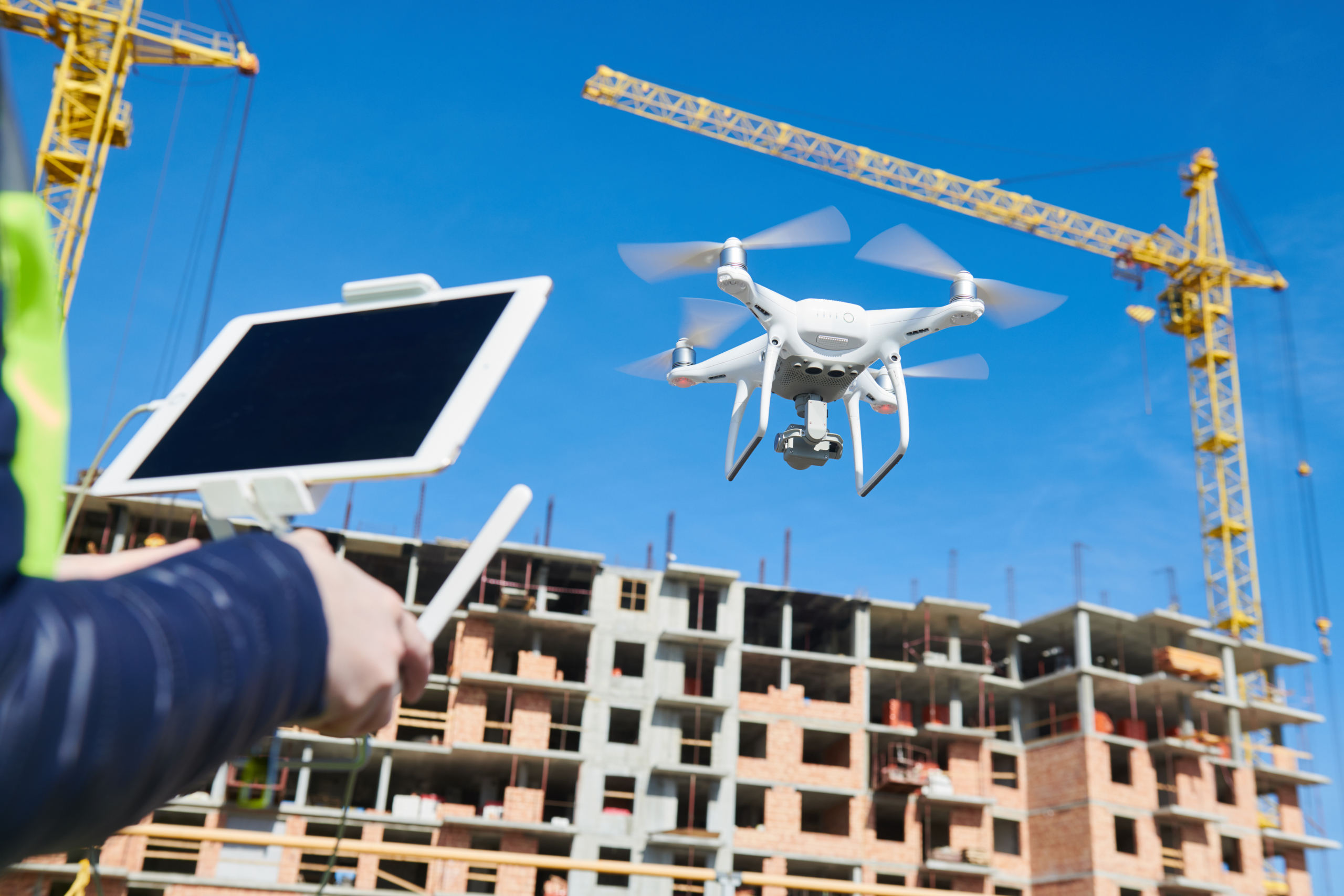MUSE develops a set of key performance indicators, methods, and tools, for the comprehensive and rigorous assessment of the impact of UAM operations on the liveability and quality of life in European cities, with a particular focus on drone-generated noise and visual pollution.

MUSE aims at bringing UAM to an operational level, making it possible to analyse and evaluate U-space services, in order to better manage their impacts and exploit the benefits while mitigating negative consequences.
Define a set of U-Space social and environmental Key Performance Indicators (KPIs) able to capture the full range of UAM’s impacts on citizens’ quality of life with the highest possible level of geographical, temporal, demographic, socio economic and behavioural resolution.
Develop new methods and tools for the measurement and forecasting of the proposed KPIs.
The new toolset will provide drone 4D trajectory generation, modelling of UAM’s noise and visual footprints, high resolution dynamic population mapping and calculation of population exposure indicators.
Showcase and evaluate the capabilities of the new methods and tools developed by MUSE through their application to a set of case studies in one or more European cities.
Create the conditions for the transfer of the project results to the subsequent stages of the R&I cycle by outlining a new SESAR Solution, the MUSE U-Space Environmental and Social Impact Assessment Framework.
The MUSE U-Space Environmental and Social Impact Assessment Framework will take as inputs a variety of data on UAM demand and operational environment, drone characteristics, weather conditions, urban environment and population presence and activity patterns, and will process, analyse, and fuse these data to generate the KPIs included in the MUSE Performance Framework.

The proposed research approach will be guided by the following principles:
Based on these general principles, we propose a research methodology that comprises the 8 stages:
A transversal activity will deal with data acquisition, curation and management, so that the required input data are easily accessible for all the project partners.
External experts and stakeholders will be transversely involved throughout the project by means of bilateral interviews, thematic workshops, and the establishment of an External Experts Advisory Board (EEAB).
Case studies conducted will be presented here as well as their main results.